Events
Events / 12/17/2015 / 1637
Sombor is one of the cities in the north of Serbia where I return with eagerness ... If you take just once a walk or 'fiaker' ride under the trees lined up along endless avenues which make the whole city snugly protected from gusty winds blowing from the plains, you will remain forever in love with the city where Laza Kostić, the romantic poetic soul of Serbia once lived. Sombor will definitely enchant you with its architecture, charm, tranquility.
Winemaking in the villages surrounding Sombor peaked in the nineteenth century. Local aristocratic family Kovač in the village of Riđica owned about 100 hectares of vineyards and the largest wine cellar in Bács-Bodrog county. According to old classification of vinegrowing regions, Telečka plateau and area surrounding the town of Sombor belonged to the wine region of Subotica-Horgoš sands. Telečka plateau was classified as a vinegrowing oasis within that wine region. Today, the new classification of vinegrowing regions in Serbia has given more importance to wines from this part of Serbia and acknowledged their identity and distinctive features.
Thus, a vinegrowing oasis was split up and "Sombor triangle" was formed. The area around Sombor is classified into three vinegrowing regions, each with its own specific characteristics: Bačka wine region, Telečka wine region and western stretch of Subotica wine region. This would be quite sufficient for a true winelover to get packed and immediately head to Sombor and explore diversity of its climate and soils. Few cities and towns in Serbia can boast about having vineyards on the territory of three vinegrowing regions. On the territory of Sombor which is classified as part of Subotica wine region, vineyards are planted on brown steppe soil mixed with chernozem that locals usually call "the black sands". In Telečka wine region, chernozem and brown steppe soil are dominant types of soil. In Bačka region and Karavukovo vinegrowing oasis, vineyards are usually planted on chernozem. The whole area surrounding Sombor is nestled in a plain, with altitudes ranging from 80 meters to 130 meters so local vinegrowers' biggest fear is winter frost. Every year I go to Ravangrad wine festival in Sombor because it is a unique opportunity to find in one place wines from this part of Serbia. This year, Ravangrad festival has shown the current status of winemaking in Sombor. After several years, we can witness enormous progress. In Belgrade's wine circles, Sombor winemakers stay under the radar but they patiently work hard in their vineyards and cellars ... And the outcome becomes visible in the bottle. The recipe is simple: sand in the vineyard retains heat, it gets heated easily and cooled rapidly. At the same time, sand doesn't retain moisture. Quite enough to give wine a rich aromatic profile without high alcohol levels because Sombor can be classified as cooler vinegrowing region of Serbia. On the other hand, vineyards planted on chernozem (which abounds with humus and organic matter) have major problem with excess vigor. It seems to me that winemakers from Sombor have realized that only intensive green pruning, defoliation and other ampelo-techniques aiming at vigor control can lead to quality. Sombor winemakers have understood that not all varieties are equally adapted to local climatic conditions. White varieties are common in the vineyards around Sombor, while reds are still made in many cases from grapes that have been purchased in southern wine regions: Fruška Gora, Župa or Niš. It's enthralling to mention that one of grape varieties permitted in Sombor's vineyards which are classified into western part of Subotica wine region is Manzoni. Dragić Winery from Sombor always attracts considerable attention of wine-loving crowd when they present wines made from this variety originating from North Italy. While this variety is quite rare in Serbian vineyards, it's worthwhile to mention that Manzoni is also permitted in all wine-growing regions of continental Croatia (with exception of sub-region Zagorje-Međimurje). Dragić Winery makes dry Manzoni, but just as an idea for the future, there have been some fine examples of late harvest sparkling wines made from Manzoni over the past few years in Italy ( both Spumanti and Frizzante). In order to understand better what lies behind the label of this variety, one should know that Manzoni's parents are Rhine Riesling and Pinot Blanc. Carski Drum Manzoni 2014 - Dragić Winery integrated the structure of Pinot Blanc and aromatic complex of Riesling. Pleasant refreshing acidity, fruity nose, plentiful aromas of apple, peach, subtle notes of white flowers that slowly open and acacia flower in the background. Wine lovers will also discover in Sombor some vineyards planted with Yellow Muscat (Muscat Giallo). Another variety from the north of Italy, closely related to Tamjanika. VRT Radoslav Tripković Winery planted this white variety in its vineyards and already this year, we have been offered a blend of Yellow Muscat and Sauvignon Blanc. For the time being, VRT Winery still investigates the preference and taste of local wine audience and their attitude to this variety, but why not ... Don't be surprised if one day you come across passito-style sweet wine or sparkling wine made from Yellow Muscat from Sombor.Vučja Krv (Wolf Blood) 2014 - Vučji Podrum - (varietal composition: Cabernet Sauvignon, Merlot) it's still a young wine, the nose is dominated by aromas of black forest fruit, blackberries. Medium-bodied, rounded, balanced acidity. Tannins leave dry, somewhat harsh mouthfeel. Further ageing may soften them a bit.
Sauvignon Blanc 2015 - VRT Radoslav Tripković Winery - Sauvignon Blanc proved to be well-suited to climatic conditions which characterize Serbian wine regions. It is a common variety in vineyards all over Serbia and wine audience has learnt to appreciate a good Sauvignon Blanc owing to developing wine culture. This sample of Sauvignon Blanc from Sombor stands out owing to crisp freshness shaped by wine's acidity and minerality. This freshness is complemented with aromas of citrus, grapefruit, lemon grass in the mouth. On the nose, distinctive varietal herbal notes.
The conclusion after this year's Ravangrad Wine Festival is that Sombor's wine scene is heading in the right direction. Overall, the quality of wine has improved considerably and if we speak about marketing aspects, local winemakers can benefit from the fact that vineyards of Sombor spread in three wine regions (Sombor's wine triangle). And although this is the hardest way to go ahead, but small family wineries in Sombor grow organically, they rise to maturity alongside the rise of wine culture in the city. This is supported by the fact that a local wine shop in Sombor has been existing longer than its peers in larger cities such as Niš or Kragujevac. Also, the wine list of local restaurant "Fiaker" in downtown Sombor contains local wines. I look at this part of Serbia with plenty of optimism and eagerly await another opportunity to come back to the beautiful city of Sombor.

Tomislav Ivanović
Awarded wine writer, wine critic and contributor to selected wine magazines. WSET3-certified author and editor-in-chief of www.vinopedia.rs. Member of Vojvodina Sommelier Association. Juror in national and international wine competitions. Lecturing about wines of Serbia and the Balkans. Local partner of Wine Mosaic organization. Co-founder of International Prokupac Day.

Pročitajte i druge članke iz ove rubrike:
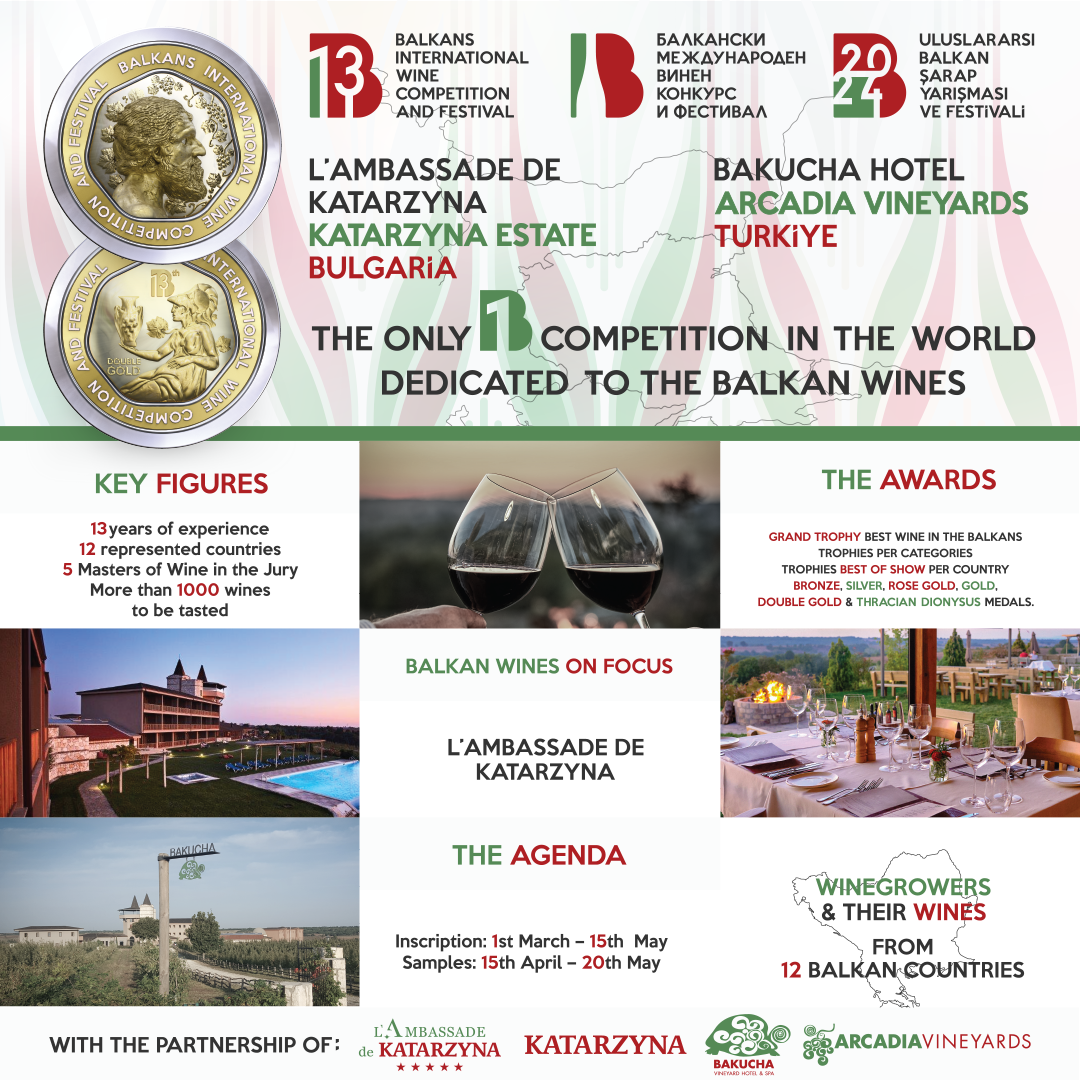

REKORDNI BROJ UZORAKA NA VINSKOM TAKMIČENJU BIWC 2024
PROČITAJ VIŠE
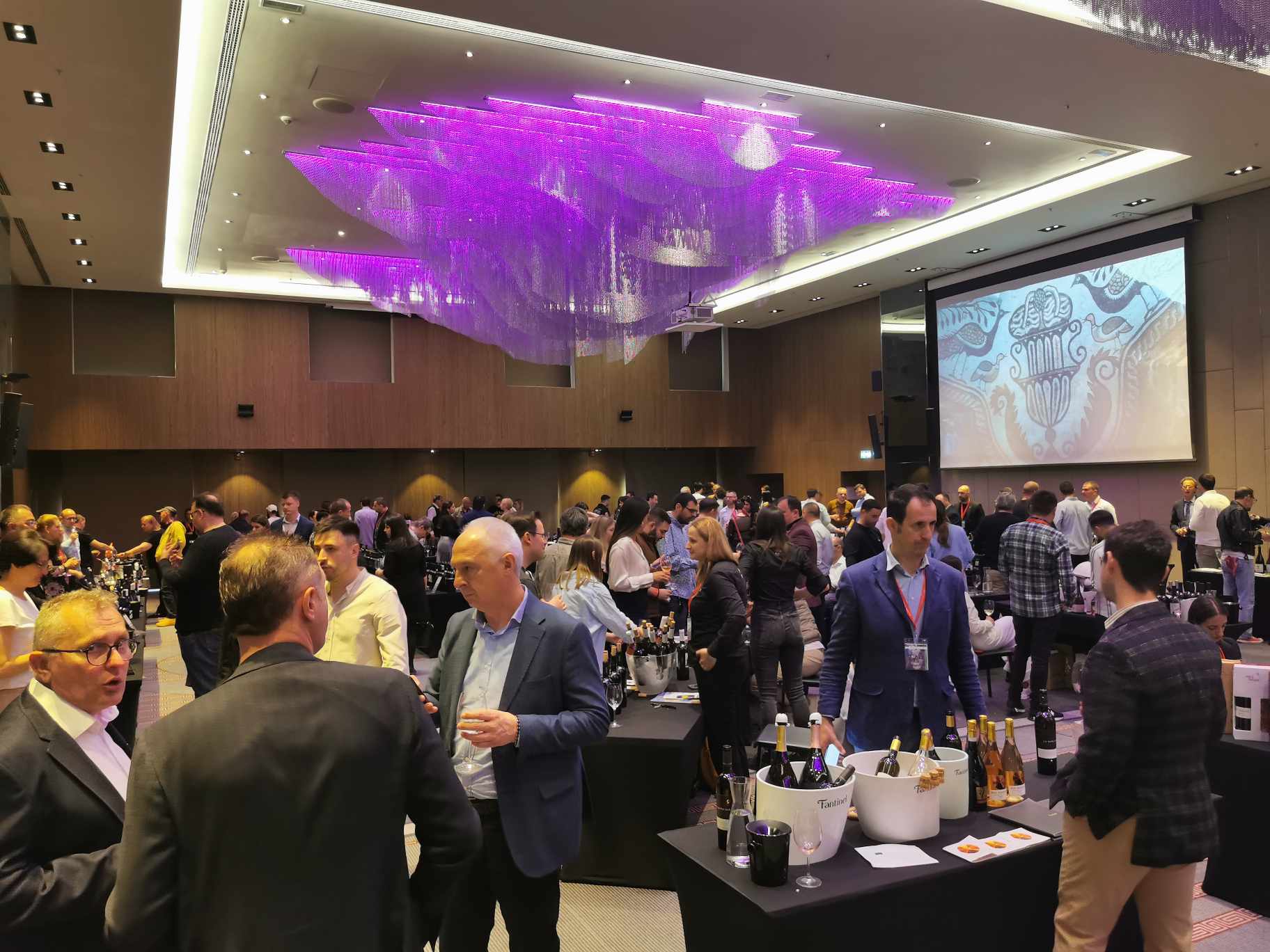

GRAND VIN 2024 - MAKEDONSKI DAVID UZ GOLIJATA
PROČITAJ VIŠE
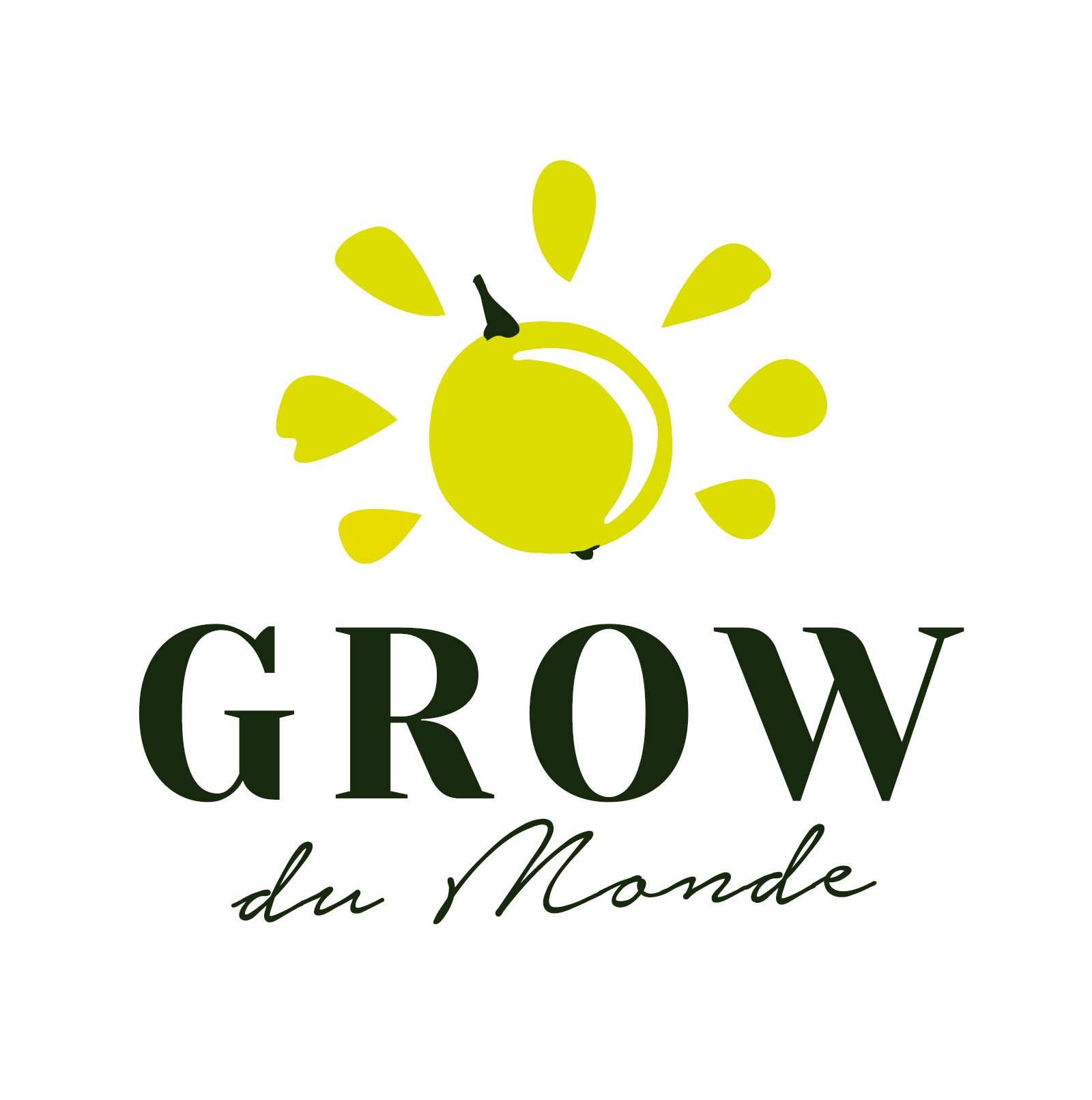

GROW DU MONDE 2024 - BALATON (MAĐARSKA)
PROČITAJ VIŠE
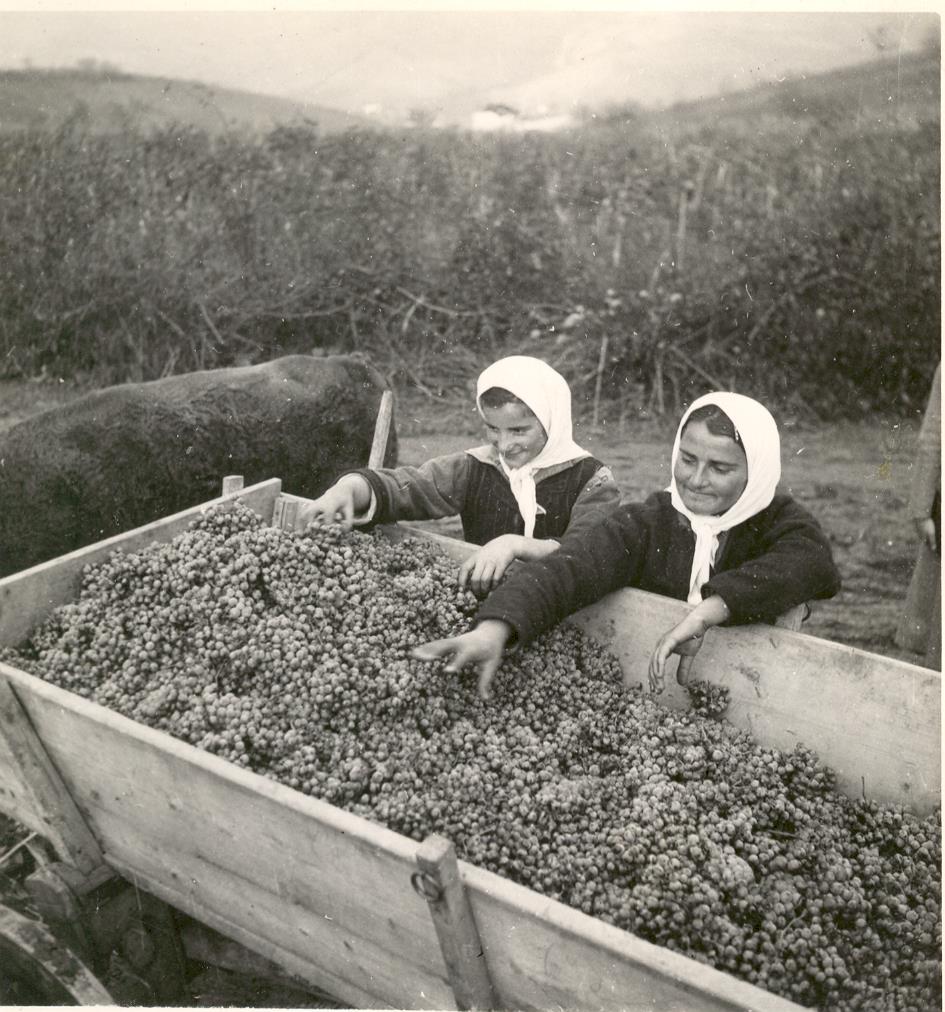

ŽUPA 2024
PROČITAJ VIŠE
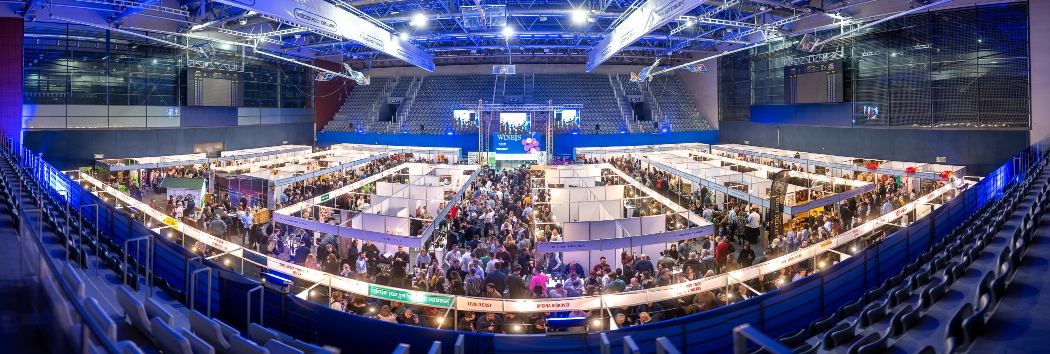

WINEOS 2024 U OSIJEKU
PROČITAJ VIŠE
Winner MILLESIMA BLOG AWARD 2016

Pobednik MILLESIMA BLOG AWARD 2016
VINO & FINO wine personality of the year 2016

VINO & FINO vinska ličnost godine 2016